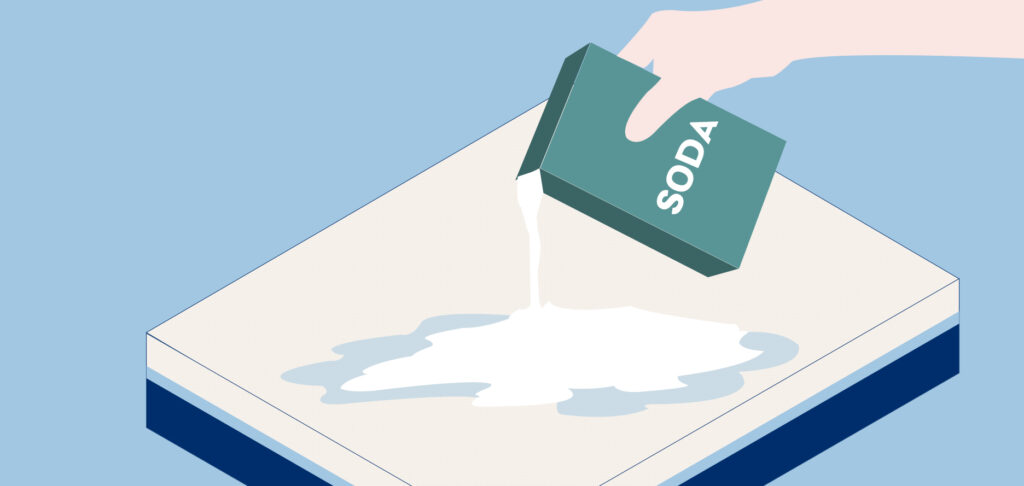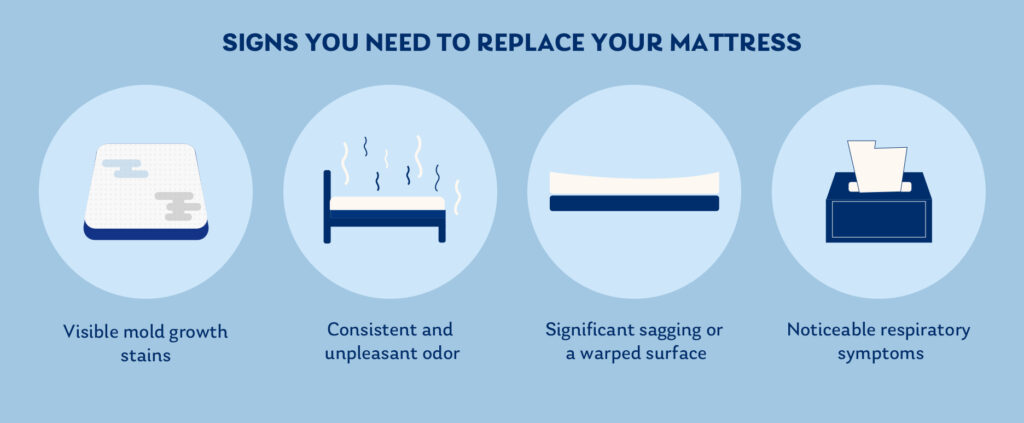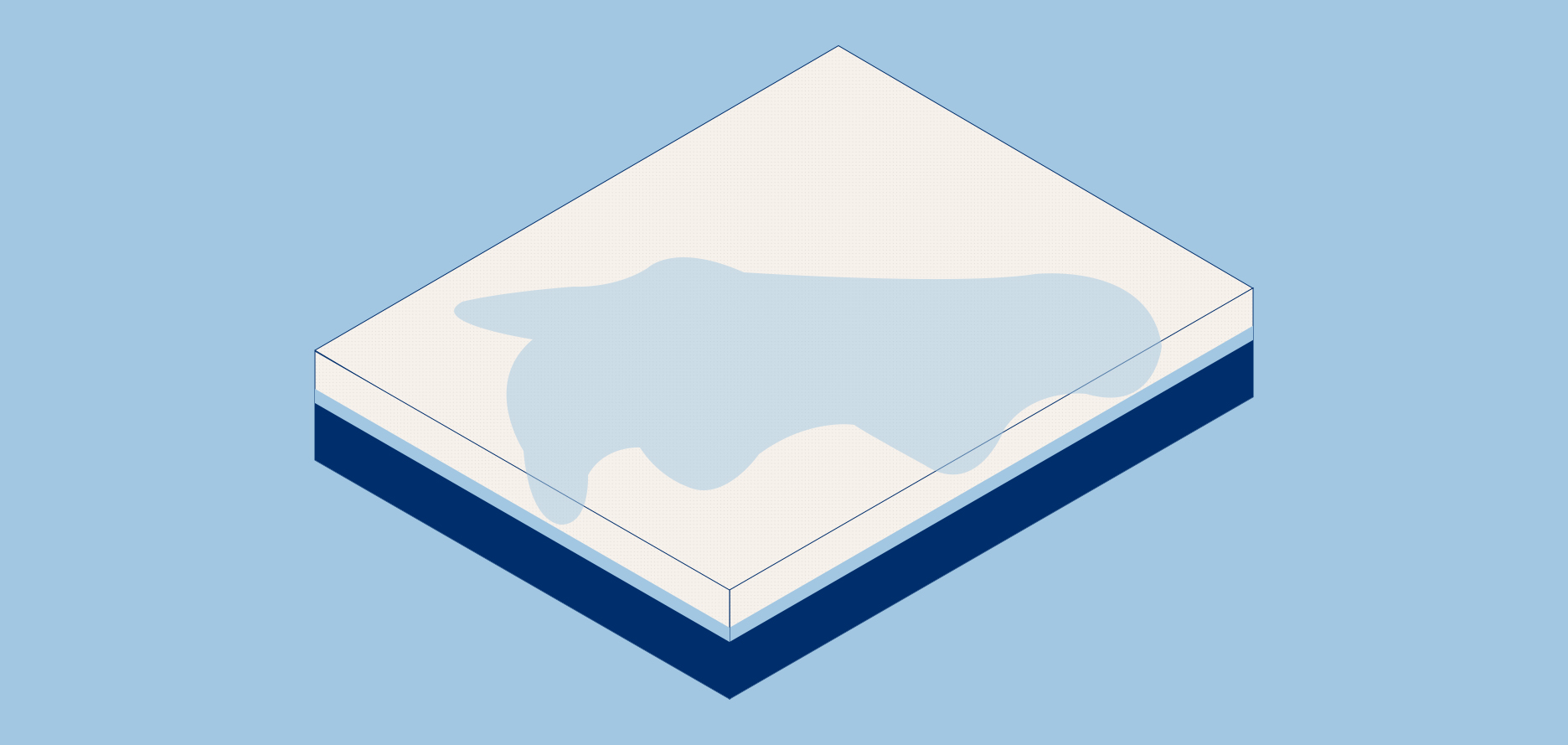Although you didn’t mean to, what’s the course of action when you get your mattress wet? Considering the sensitive nature of the materials, your first concern should be acting fast to minimize damage.
With the numerous layers and materials used in different types of mattresses, water can be detrimental to its overall quality. In a worst-case scenario, if your mattress gets wet enough, it could be ruined entirely. Keep reading this article to learn how to dry a mattress as quickly as possible when the accident happens and improve your chances of retaining its integrity.
Preventing Water Damage

No one intentionally gets their mattress wet. Even if accidents are bound to occur occasionally, water can damag to a mattress. It’s important to note that different materials and mattress types are bound to react differently to water damage.
The first step would be to focus on prevention. This is your first defense in ensuring your mattress lasts as long as possible. Making use of a mattress protector is quite a common and affordable effort. However, it’s always vital to check your mattress for hidden moisture on a consistent schedule.
If you discover a damp area on your mattress, baking soda is a quick solution.Baking soda can absorb moisture excellently, and your mattress must be elevated for proper airflow underneath.
Common causes of water damage
From lifestyle choices to environmental factors and sheer bad luck, many incidents could lead to a wet area on your mattress. It’s crucial to be aware of the common causes of water damage to prevent this issue. The following sections will outline some of the most typical causes of water damage to a mattress.
Accidents are the most common
This primarily comes down to lifestyle choices, but accidental spills on the bed aren’t so uncommon. Many people have drinks on their nightstands or young children who are known for being clumsy. Regardless, learning how to react when such incidents happen is important.
While you might think water is the biggest concern, other types of liquid, such as coffee and juices, can be even harder to clean out. A simple fix for accidental spills is to invest in a mattress protector. However, it’s understandable some people may not want to go that route. In such cases, it’s advisable to prevent any liquids from being brought onto the bed at all times.
Excess humidity
This is primarily an issue for certain climates throughout the world, but high humidity can be quite damaging to many aspects of your home. Your bed is one of them. If left unchecked, high humidity can quickly turn into a breeding ground for mildew and mold, which can be detrimental to your mattress.
That’s why prevention methods and regularly inspecting your bed are so important.
Night sweats
While some sweat excessively and others almost none at all, night sweats can cause moisture damage to a mattress over time. In addition to that, dirt and bodily oils can blend with the fabrics, giving them a stain that can be hard to get rid of.
You have a few methods to combat this. Sleeping with fewer clothes, blankets, or a fan directed at the mattress can help with night sweats.
Nowadays, you can find mattresses with built-in cooling systems to help keep the mattress dry and keep your body cool throughout the night.
Regardless of the root cause of a wet mattress, it’s vital that you know how to properly dry it so you can continue to use it for the long term. There are multiple ways you can go about drying a mattress, but it isn’t something you should walk into blindly.
Steps to dry a mattress

As soon as you notice water damage, take action to dry the mattress quickly. Follow these steps to thoroughly dry a wet mattress and prevent mold growth:
- Fully assess the extent of wetness using a moisture meter if needed
- Blot excess moisture with clean towels
- Sprinkle baking soda over damp spots to absorb moisture
- Keep mattress elevated for airflow
- Use fans and dehumidifiers to accelerate drying
- Avoid heat sources like hairdryers or sunlight to prevent damage
- Disinfect the surface with an alcohol-water solution when dried
Putting these cautionary steps to use can be the defining catalyst in whether your bed survives or not. Small spills are easy to manage, but larger ones can be a lot more difficult. At the end of the day, if all else fails, never hesitate to speak with a mattress or bedding professional for additional guidance.
Signs you need to replace your mattress
In some circumstances, a waterlogged mattress can’t be saved. Below are a few key signs it’s time to replace your mattress after being damaged by moisture.
- Visible mold growth or stains
- Consistent and unpleasant odor
- Significant sagging or a warped surface
- Noticeable respiratory symptoms
Even a small amount of water can lead to irreparable damage. At the first sign of these issues, it’s best to replace the mattress.
Effect of mattress type on water resistance
As mentioned earlier, different mattresses will react differently to moisture. Knowing how certain materials react to water damage can better prepare you for accidents.
Memory foam mattresses
Highly popular among millions of people, memory foam mattresses are revered for their overall comfort. However, due to their porous nature, they’re known to be quite susceptible to water damage. In the same vein, memory foam mattresses include moisture-resistant materials, making them a lot easier to manage.
Latex mattresses
Another highly popular choice for many shoppers, Latex is made with a synthetic rubber that helps it be resistant to moisture. Many people don’t like latex due to how it feels, but it can defend itself from moisture well.
Working with the highest quality materials can help minimize moisture damage to your bed. Keeping the area cool is the name of the game, and only a few mattresses on the market can achieve that.
In regard to night sweats, the PowerCool Firm Sleep System from us at MLILY might be the way to go. Built with a fan-cooling base, this bed is bound to keep you comfortable and ventilated all night. Even those who struggle with night sweats will notice a positive difference in their sleeping patterns and how much moisture their bed collects.
In conclusion
Some circumstances make it hard to avoid moisture build-up in your bed. However, with proper care, regular maintenance, and adequate ventilation, you can ensure the longevity of your mattress. If you’re looking to learn how to dry a mattress, this article is a comprehensive guide that you can use when you need it most.



